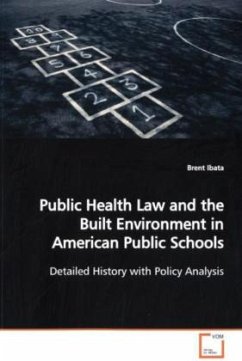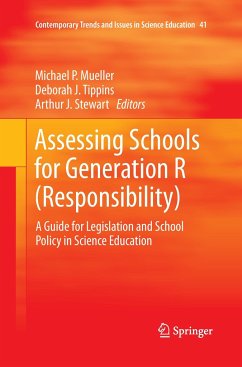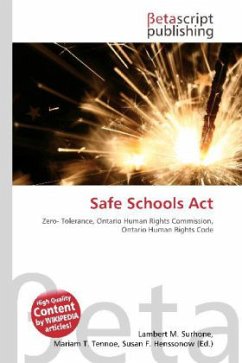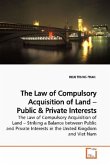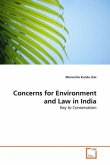Education, in the United States, is accomplished
through a highly fragmented system of school
districts nested within sovereign states governed by
locally elected school boards. The laws governing
the built environment in American public schools are
fragmented horizontally (between states) and
vertically (federal, state, county, local). This
fragmentation has resulted in a national system of
public schools with a loosely regulated environment
that compels exposure of over 50 million students
each day to known health hazards with the resultant
marginal health costs absorbed by society. This book
explores the history of the built environment in
American public schools and how the common
schoolhouse devolved into national system of locally
controlled public school buildings that compel its
occupants to exposures in environments worse than
those acceptable in private workplaces. Policies
related to domains in the built environment are
analyzed and alternative policies are recommended.
This book would be a valuable resource for anyone at
the local, state or federal level interested in
cost-effective policies related to the built
environment in American public schools.
through a highly fragmented system of school
districts nested within sovereign states governed by
locally elected school boards. The laws governing
the built environment in American public schools are
fragmented horizontally (between states) and
vertically (federal, state, county, local). This
fragmentation has resulted in a national system of
public schools with a loosely regulated environment
that compels exposure of over 50 million students
each day to known health hazards with the resultant
marginal health costs absorbed by society. This book
explores the history of the built environment in
American public schools and how the common
schoolhouse devolved into national system of locally
controlled public school buildings that compel its
occupants to exposures in environments worse than
those acceptable in private workplaces. Policies
related to domains in the built environment are
analyzed and alternative policies are recommended.
This book would be a valuable resource for anyone at
the local, state or federal level interested in
cost-effective policies related to the built
environment in American public schools.

